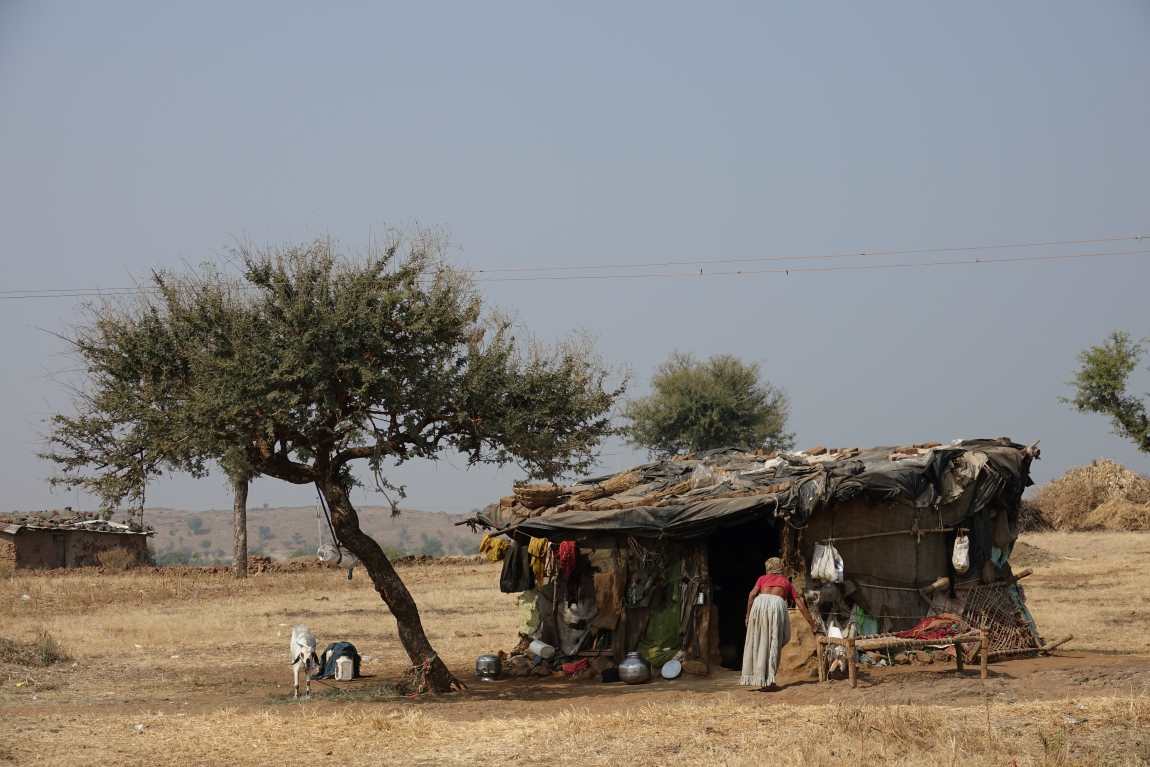Climate change has become a powerful force reshaping migration patterns within national borders, according to a new study led by the International Institute for Applied Systems Analysis (IIASA).
The research, published in Nature Climate Change, provides the first global analysis of how climate factors like drought and aridity drive internal migration across 72 countries, using census data spanning from 1960 to 2016.
While public debates frequently focus on international migration, evidence shows that climate-driven migration is often a more localized phenomenon, with individuals relocating within their own countries rather than across borders.
“Our analysis shows that internal migration – which we defined as movement between subnational regions within a country – increases in regions affected by drought and aridification,” says lead author Roman Hoffmann, who heads the Migration and Sustainable Development Research Group at IIASA.
He explains that the impact is especially severe in hyper-arid and arid regions, where many people rely on agriculture for their livelihoods. Consequently, rural populations experiencing climate pressures are increasingly moving to urban centers, contributing to accelerated urbanization in numerous countries.
The study’s findings reveal that drought and aridification affect regions differently.
Africa, the Middle East, South America, South Asia, and Southern Europe face the strongest effects due to their dependence on agriculture and already dry climates. In these areas, economic hardships linked to crop failure and water scarcity drive people to seek better living conditions.
The study also found a stark contrast within countries, with poorer regions tending to experience higher outmigration rates, as people from rural and economically struggling areas move to wealthier regions in search of stability and opportunity.
The study also highlights significant differences in migration patterns between developed and developing countries. In less affluent countries, younger working-age adults (15-45) with medium education levels are most likely to migrate in response to drought and aridification, while in wealthier countries, older populations across all education levels are more inclined to move.
Coauthor Guy Abel from IIASA’s Migration and Sustainable Development Research Group emphasizes that “as climate change continues to increase the frequency and severity of droughts and water scarcity worldwide, more populations will face pressures to seek better living conditions.” Abel adds that supporting destination regions with adequate infrastructure, health services, and social support is critical as urban centers increasingly absorb climate-induced migrants.
While the study offers a comprehensive view of climate-driven internal migration, it also underscores the need for further research. Migration data from census sources provides a broad picture but falls short of capturing temporary or short-distance mobility – another important aspect of climate-related migration.
According to coauthor Raya Muttarak, professor of Demography and Statistical Sciences at the University of Bologna: “more comprehensive data and continued research will be essential for developing targeted interventions and policy solutions to address the complex relationship between environmental factors and human mobility.”
The research also calls for policies to help vulnerable populations, including those unable to migrate due to lack of resources. By promoting diversified livelihoods, building social safety nets, and fostering resilience in affected communities, policymakers can reduce forced migration and displacement while supporting those who remain.
Ultimately, as climate change increasingly reshapes migration trends worldwide, a more holistic approach to policy is essential, taking into account the diverse and context-specific nature of migration dynamics.
Journal Reference:
Hoffmann, R., Abel, G., Malpede, M., Muttarak, R., & Percoco, M., ‘Drought and aridity influence internal migration worldwide’, Nature Climate Change (2024). DOI: 10.1038/s41558-024-02165-1
Article Source:
Press Release/Material by International Institute for Applied Systems Analysis (IIASA)
Featured image credit: lachetas | Freepik




